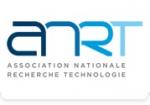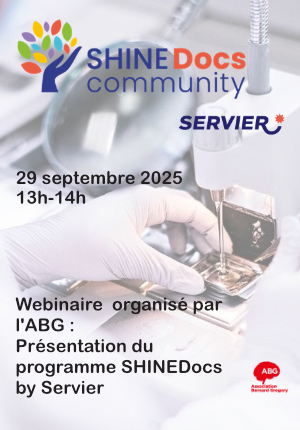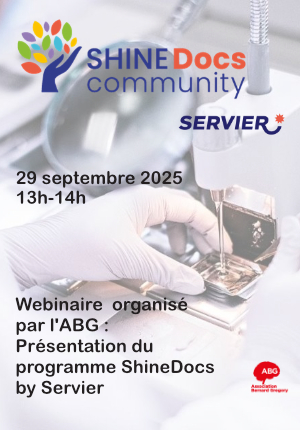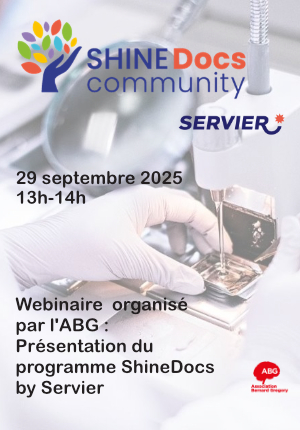PhD Thesis proposal in Digital SNN Accelerator for edge AI: Accelerated digital multilayer spiking neural networks and resource-efficient learning rules on FPGA
| ABG-133406 | Thesis topic | |
| 2025-09-15 | Public funding alone (i.e. government, region, European, international organization research grant) |
- Electronics
Topic description
In recent years, artificial intelligence (AI) has become increasingly intertwined with our daily lives. However, AI such as that currently supported by most major players in the industry like GAFAM is decentralized to servers. Since the electricity consumption of Internet infrastructures represents about 5% of the world’s entire electricity production and because Internet traffic can be expected to triple every three years [1], we are in great need of alternative, energy-saving methods of calculation, so that the large-scale rise in AI does not lead to widespread disillusionment. In addition, embedded systems requiring AI are not necessarily permanently connected to the grid. The need to develop an energy-efficient hardware for the implantation of AI in nomadic systems is becoming increasingly urgent.
Major players in the industry like Qualcomm [2], Intel [3] and Google [4], Meta [5] have already proposed CMOS chips for the implementation of AI. However, these dedicated integrated circuits are currently limited to the implantation of continuous-valued neural networks (e.g. multi-layer formal neural networks). The development of a new hardware substrate must be accompanied by a more ambitious technological solution, e.g., event-based computing, which is particularly suitable for low-latency and low-power systems.
In this promising computational paradigm, information is created, processed or transmitted only when a change occurs either at the level of the sensor or the calculator. Such a system has thus extremely low power consumption if the activity is null. An illustration of this concept is the event-based camera developed by Prophesee [6] or Samsung [7]. Video streams in conventional systems are produced at about 25 frames per second. A processor then reduces the amount of information by eliminating redundant pixels from one image to another, i.e. if the pixel has not changed it is not stored after compression. Therefore, the scenario until now has been that redundant information is unnecessarily produced from the outset. On the other hand, the information created in event-based sensors is more meaningful from the very start. Similarly, in calculators based on spiking neural networks (SNNs), computation takes place only when an event occurs. Beyond reducing the amount of incoming data to process, event-based computing requires fewer operations per second during the inference phase compared to classical artificial neural networks [8]. Both characteristics – reduction of data and sparse computation – make event-based computing a promising framework for designing and building energy-efficient hardware for AI.
This computation paradigm is at the heart of innovative CMOS chips developed by IBM (TrueNorth [9]) or Intel (Loihi [10]). In Europe, several companies already use this principle of event-based calculus [5, 11-14]. The current stakeholders are involved either in neuromorphic sensors or in neuromorphic computing. However, the data processing depends on the nature of the input data. This PhD work will be a part of the Emergences project [15] that belongs to the PEPR AI funded by the French Research Agency (ANR).
The Emergences project aims at advancing the state-of-the art on near-physics emerging models by collaboratively exploring various computation models leveraging physical devices properties. This PhD work will focus on FPGA devices in order to build an accelerated spiking neural network capable of both inference and learning, aiming at investigating candidate architectures for ASIC design in a longer-term future beyond the scope of this PhD work.
Thesis objectives
As part of this PhD programme, the student will focus on developing an accelerated digital neuromorphic spiking neural network and its learning rules using FPGA devices.
They will first implement on FPGA spiking neural networks architectures and resource-efficient learning rules already existing in the literature to accelerate them. This study will focus on implementation cost and computational speed of both inference and learning. In a second phase, the student will optimise implemented architecture and learning rules previously studied by investigating quantization and compression methods. A common guideline for both parts will be to optimise both the implementation cost and the computational speed of the system while maintaining state-of-the-art performance.
[1] Jones, Nature, 2018 [2] Zeroth Processor, Qualcomm, 2013 [3] Myriad IC, Intel Movidius [4] Jouppi, et al., IEEE ISCA, 2017 [5] https://ai.facebook.com/blog/meta-training-inference-accelerator-AI-MTIA/ [6] Prophesee’s website [7] Son et al. , IEEE ISSCC, 2017 [8] Tavanaei, Neural Networks, 2019 [9] Merolla, et al., Science, 2014 [10] Intel, Loihi [11] Yumain [12] IniVation [13] Brainchip [14] aiCtX [15] https://www.pepr-ia.fr/en/projet/emergence-2/
Starting date
Funding category
Funding further details
Presentation of host institution and host laboratory
University of Bordeaux, IMS Laboratory, (Building A31, 351 Cours de la Libération, 33405, Talence), Hybrid Hardware Computation (2HC) research group.
IMS laboratory offers a multifaceted scientific positioning in systems engineering: the integration of hardware, intelligence and knowledge in communicating and human-centred systems. IMS supports fundamental research as well as project-based interdisciplinary research. More than one hundred research grants are currently running in IMS, targeting domains such as transportation, telecommunications, health, environment and energy.
The 2HC research team focuses on frugal Artificial Intelligence (AI). This involves developing computing paradigms, mainly event-based, that require few resources and can be implemented in lightweight hardware systems. This optimization of energy and hardware resources has applications in embedded systems and/or edge computing. To achieve these objectives, the 2HC team uses tools from many different fields and investigates several candidate solutions like device-, circuit-, and system-level optimization of the design by simulations, integration of nanodevices (memristors, spintronic devices), implementation on purely digital targets, and design of mixed circuits and systems. In particular, this wide range of technical solutions has made it possible to develop hardware-friendly event-driven neural networks with both supervised and unsupervised learning capabilities.
Website :
PhD title
Country where you obtained your PhD
Institution awarding doctoral degree
Graduate school
Candidate's profile
The candidate should have a Master or similar degree in electrical engineering. As the PhD thesis proposal lies at the intersection of artificial intelligence and hardware implementation, the candidate should have a strong background in at least some of these topics. VHDL Programming skills are also required.
Vous avez déjà un compte ?
Nouvel utilisateur ?
Get ABG’s monthly newsletters including news, job offers, grants & fellowships and a selection of relevant events…
Discover our members
 Généthon
Généthon  ADEME
ADEME  Aérocentre, Pôle d'excellence régional
Aérocentre, Pôle d'excellence régional  CESI
CESI  Tecknowmetrix
Tecknowmetrix  Laboratoire National de Métrologie et d'Essais - LNE
Laboratoire National de Métrologie et d'Essais - LNE  ONERA - The French Aerospace Lab
ONERA - The French Aerospace Lab  Groupe AFNOR - Association française de normalisation
Groupe AFNOR - Association française de normalisation  PhDOOC
PhDOOC  ANRT
ANRT  Ifremer
Ifremer  TotalEnergies
TotalEnergies  Institut Sup'biotech de Paris
Institut Sup'biotech de Paris  CASDEN
CASDEN  MabDesign
MabDesign  Nokia Bell Labs France
Nokia Bell Labs France  MabDesign
MabDesign  SUEZ
SUEZ  ASNR - Autorité de sûreté nucléaire et de radioprotection - Siège
ASNR - Autorité de sûreté nucléaire et de radioprotection - Siège






